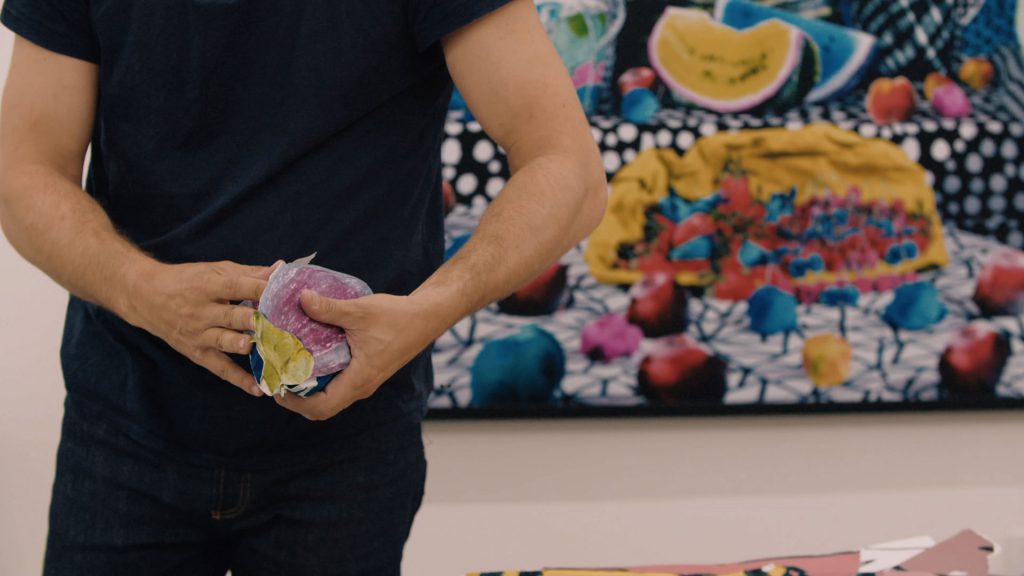Liz Magor was born in Winnipeg, Manitoba, Canada in 1948. She makes uncannily realistic casts of humble objects—garments, cardboard boxes, ashtrays—that speak to mortality and local histories. Magor’s delicate copies are often combined with found ephemera, whether tiny vices—such as cigarettes, candy, and alcohol—animals in the form of taxidermied birds and stuffed toy dogs, or small mementos given to her by friends or scavenged from the limbo of thrift stores. Social narratives of how things in the world are created, enter our lives, and depart to the junk heap as part of a vast human waste stream are folded together with personal anxieties and small worries, such as the desire to afford nice things, to mend what’s broken, and to preserve order against inevitable entropy.
The visual doubletake in Magor’s work—of things appearing one way but being quite another—are on dramatic display in the artist’s large-scale public projects where an architectural column resembles a towering Douglas fir trees and a rickety clapboard shack from a bygone era is carefully remade in cast aluminum. By resurrecting uncared for items and moments from the recent past, Magor preserves faint whispers of life in artworks that function as fossils do—exacting copies of existence.
In the following preview from the Vancouver episode of Season 8 of Art in the Twenty-First Century, Magor reflects on the role of decision-making in an artist’s studio process. “Art isn’t a material, it’s not a medium—it’s not a certain product,” says the artist. “It is the choices I’ve been able to make.”



